What is 600d Oxford Fabric? An In-Depth Look
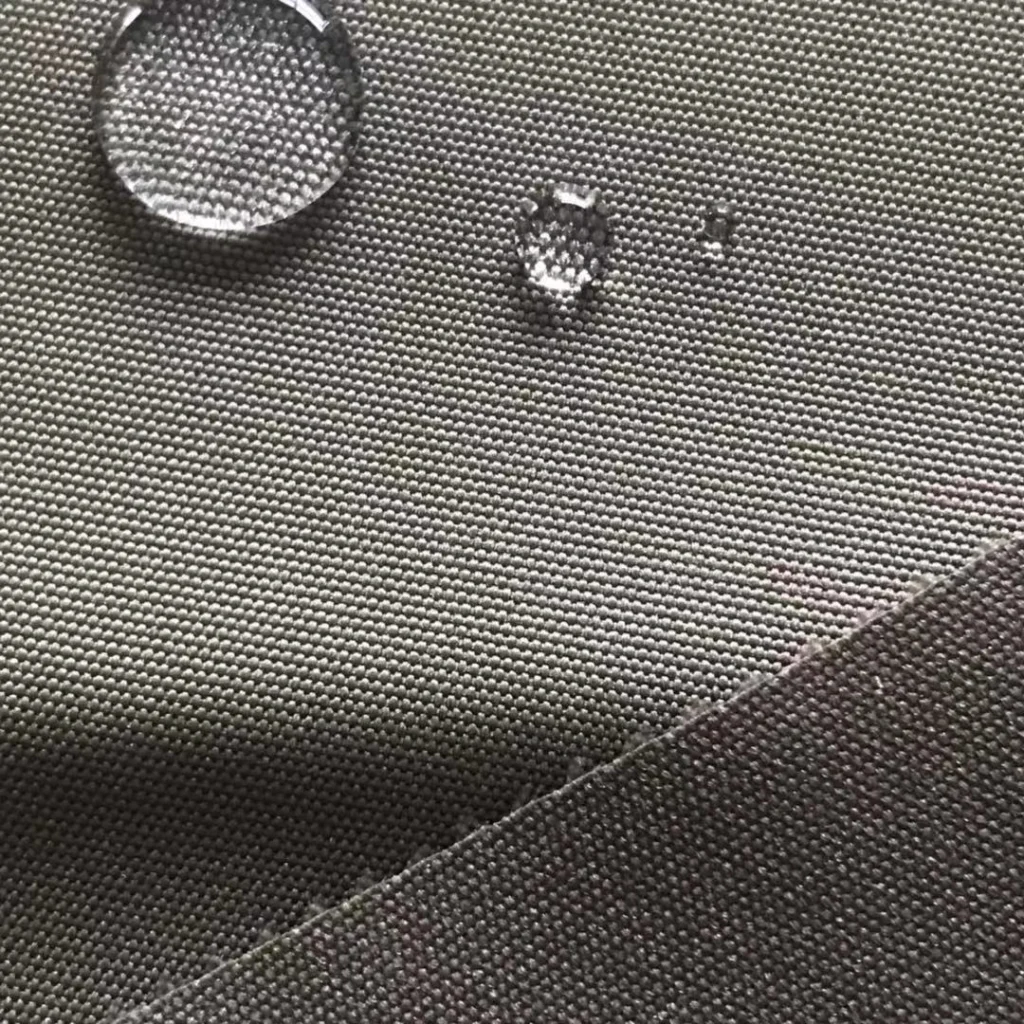
What is 600d Oxford Fabric? Discover 600D Oxford Fabric. Learn what 600D means, its manufacturing process, properties like waterproofing. See its wide applications in bags, tents. Ideal for general use, find out how it compares to other Oxford fabrics.
What is Oxford Fabric Used For

What is Oxford Fabric Used For? Oxford fabric has a wide range of uses. In the fashion industry, it is used to make breathable and comfortable shirts, elegant dresses, and durable accessories such as bags. In the outdoor field, it is a commonly used material for equipment like tents and backpacks due to its waterproof and wear-resistant properties. In home decor, it is suitable for upholstery to add texture and draperies to regulate light. In industry, it can be used to make protective workwear and materials for packaging valuable items.
Is Oxford Fabric Breathable
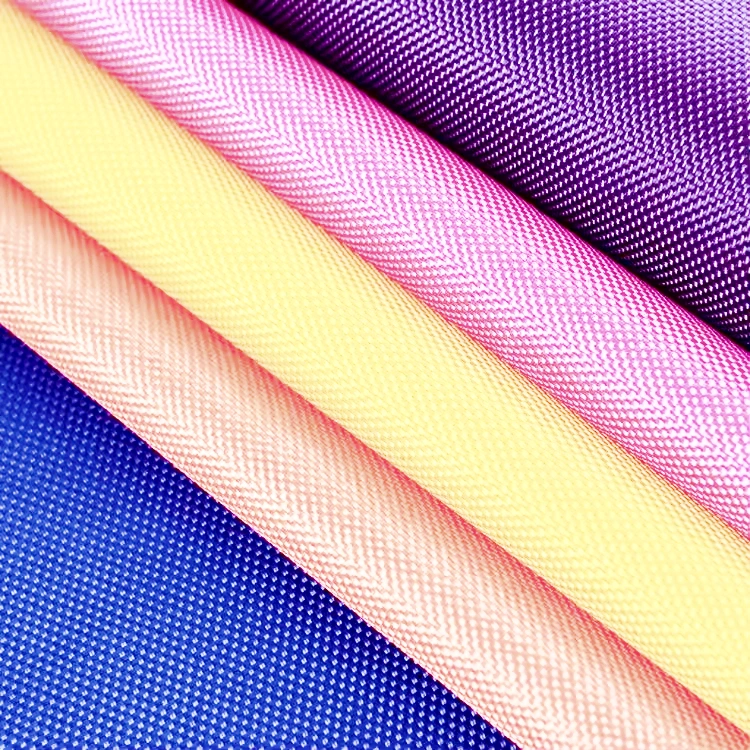
Is Oxford Fabric Breathable? The answer is mostly yes! Oxford fabric’s basketweave structure allows air circulation, making it a great choice for shirts, dresses, tents, and upholstery. Its breathability helps keep you cool, prevents tent condensation, and makes furniture more comfortable. However, factors like fiber composition (cotton vs. synthetic blends), weave density, and fabric treatments (water – resistant coatings) can affect breathability. Discover more about Oxford fabric’s breathability and how it impacts your daily life.
Quilt vs Fabric: What Are Differences Between Them?
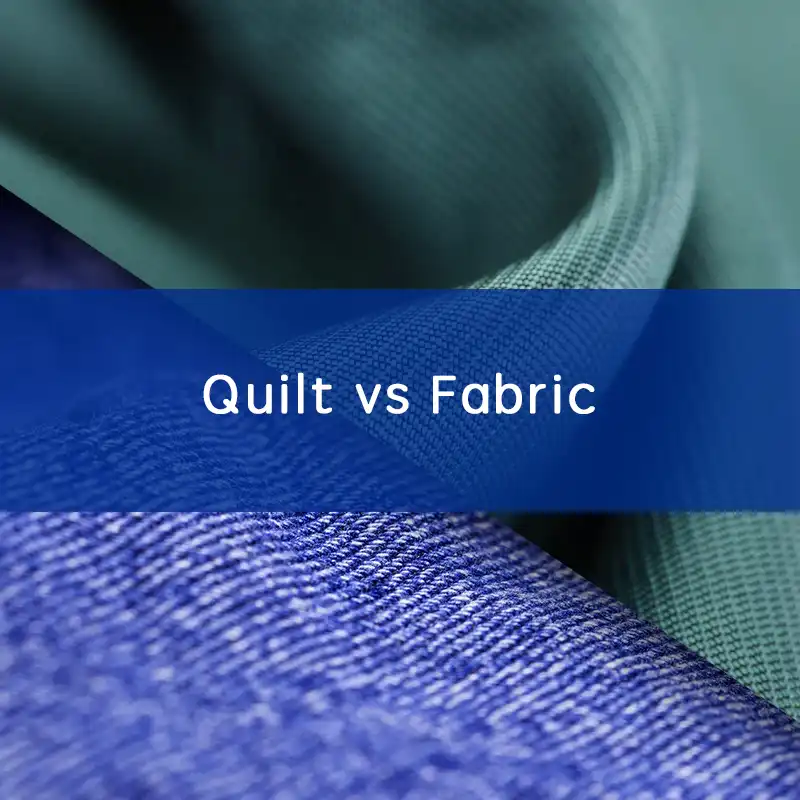
Are you torn between using a quilt or fabric for your next project? Discover the key differences, similarities, and factors to consider to make the right choice.
What Is Quilting Fabric Made Of?

Explore the common materials used for quilting fabric, primarily 100% cotton, and why its unique weave, thread count, and finish are essential for durable, beautiful quilts. Discover the characteristics that make it ideal for piecing and long-lasting projects.
How to Clean Oxford Fabric: A Comprehensive Guide to Keeping Your Gear Pristine
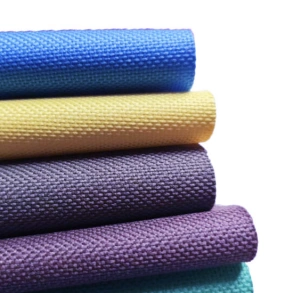
How to Clean Oxford Fabric? Cleaning Oxford fabric is straightforward. For general dirt, wipe with a damp cloth. Stubborn stains need a gentle detergent or soapy water. Avoid harsh chemicals. Wash in cold water, and air – dry in the shade. Add salt or vinegar to the first wash for color – fast fabrics. Use a soft brush for tough spots. Remember, proper cleaning keeps Oxford fabric looking great.
Is Oxford Fabric Waterproof? Unraveling the Truth About This Versatile Material
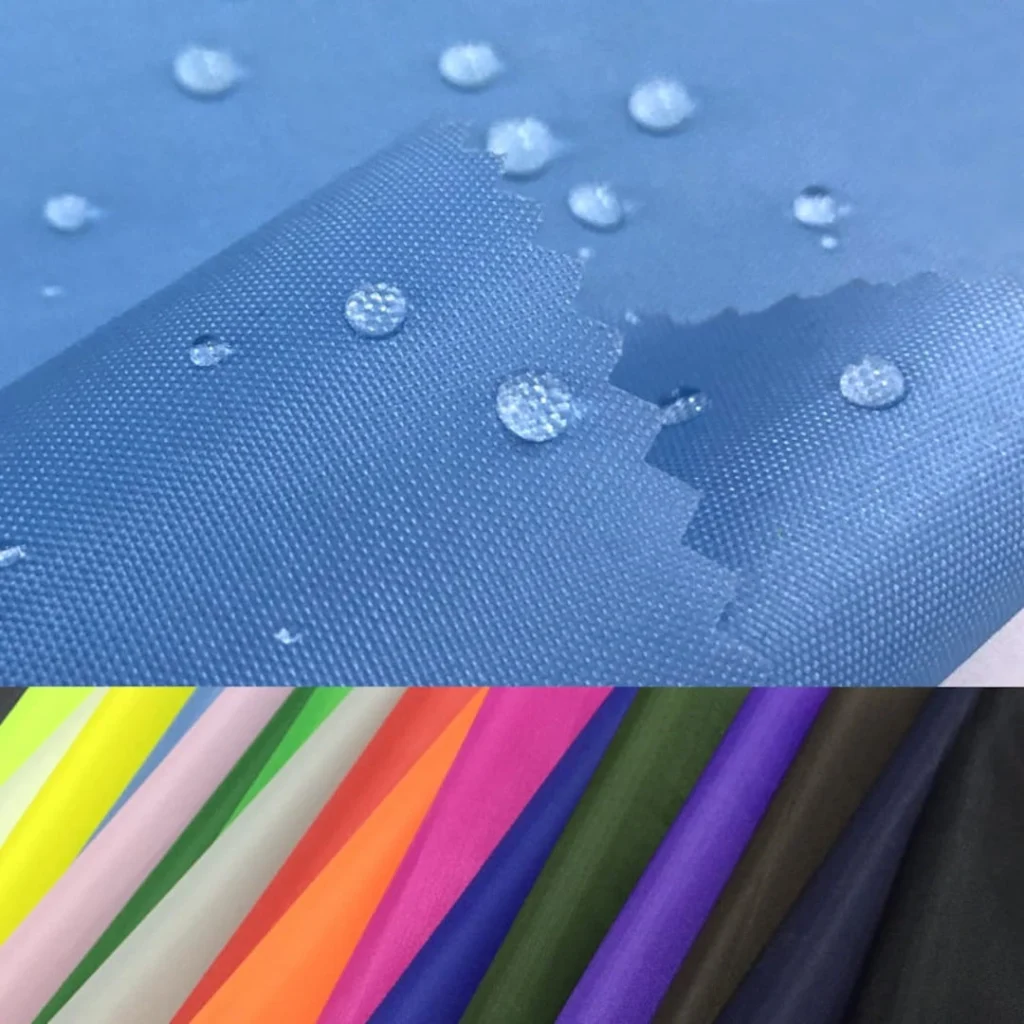
Is Oxford Fabric Waterproof ?Oxford fabric isn’t inherently waterproof due to its basketweave structure, which allows water penetration. However, it can be treated to gain water resistance. Common methods include PU/PVC coatings for a waterproof barrier or waterproof sprays that create repellent surfaces. Treated Oxford is used in rainwear, tents, and outdoor gear. Note that untreated cotton-based Oxford will absorb moisture, so choose treated versions for wet conditions.
What is Oxford Fabric

Oxford Fabric, a woven textile, is renowned for its basketweave pattern. Usually made of cotton or blends, it’s durable, breathable, and has a textured look. It’s widely used in fashion for shirts, accessories, and also in outdoor gear. Its unique structure gives it strength, making it a top choice for various applications.
What is Oxford Fabric Made Of

What is Oxford Fabric Made Of?Oxford Fabric is crafted from various materials. Initially made of cotton, it now often includes blends. Cotton provides breathability and softness. Synthetic fibers like polyester or nylon are added for durability, wrinkle-resistance, and water – repellency. Some versions may even contain a touch of elastane for stretch. The material choice impacts its performance and use, from clothing to outdoor gear.
Advantages of Nylon Fabric
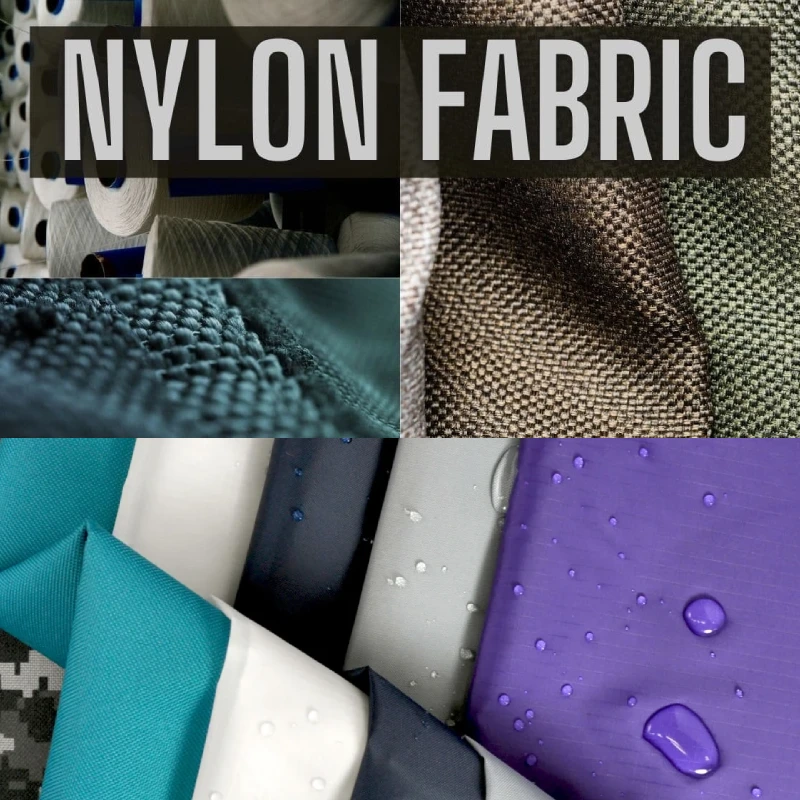
Nylon fabric is strong, lightweight, quick-drying, and resistant to abrasion and wrinkles. It’s ideal for activewear, outerwear, and durable everyday use in various industries.
Interlock Fabric Explained for Beginners
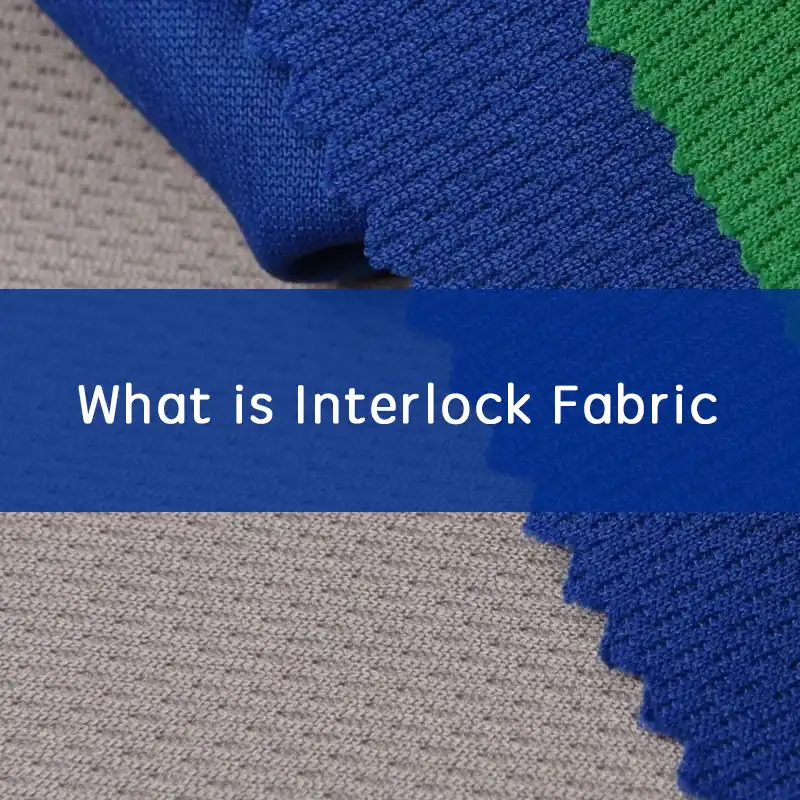
Interlock fabric is a double-knit material. It feels smooth and lasts long. It is thicker than other knit fabrics. This makes it strong and usable on both sides. Interlock fabric works well for clothes and home items.
What is Lace Fabric? Unraveling the Delicate Beauty We Adore
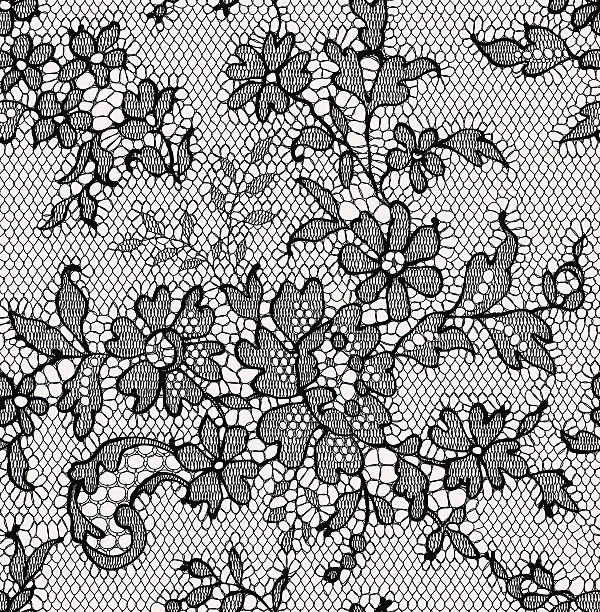
What is Lace Fabric? Renowned for its elegance and sensuality, lace is a staple in fashion, especially for bridal wear, lingerie, and evening gowns. It also adorns home decor items like curtains and tablecloths. With a wide range of types, such as Chantilly lace’s fine floral patterns and Guipure lace’s bold, raised designs, lace continues to be a timeless textile choice.
